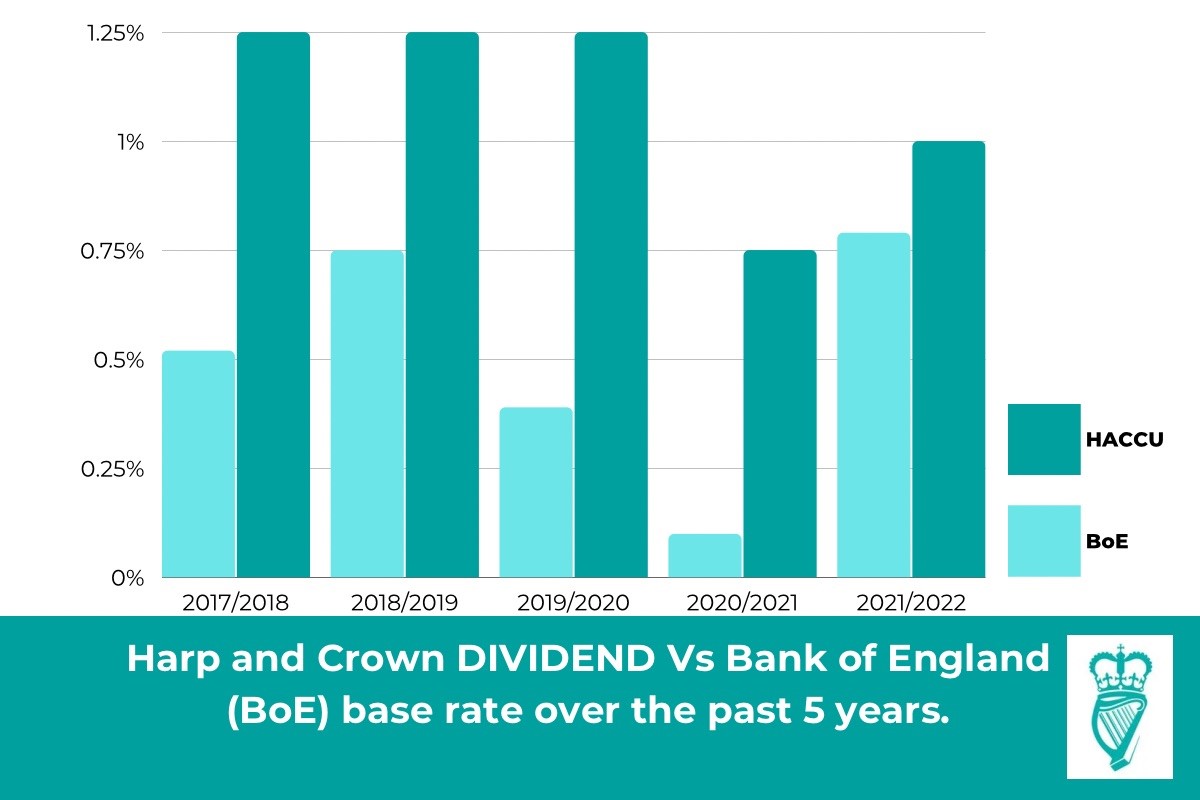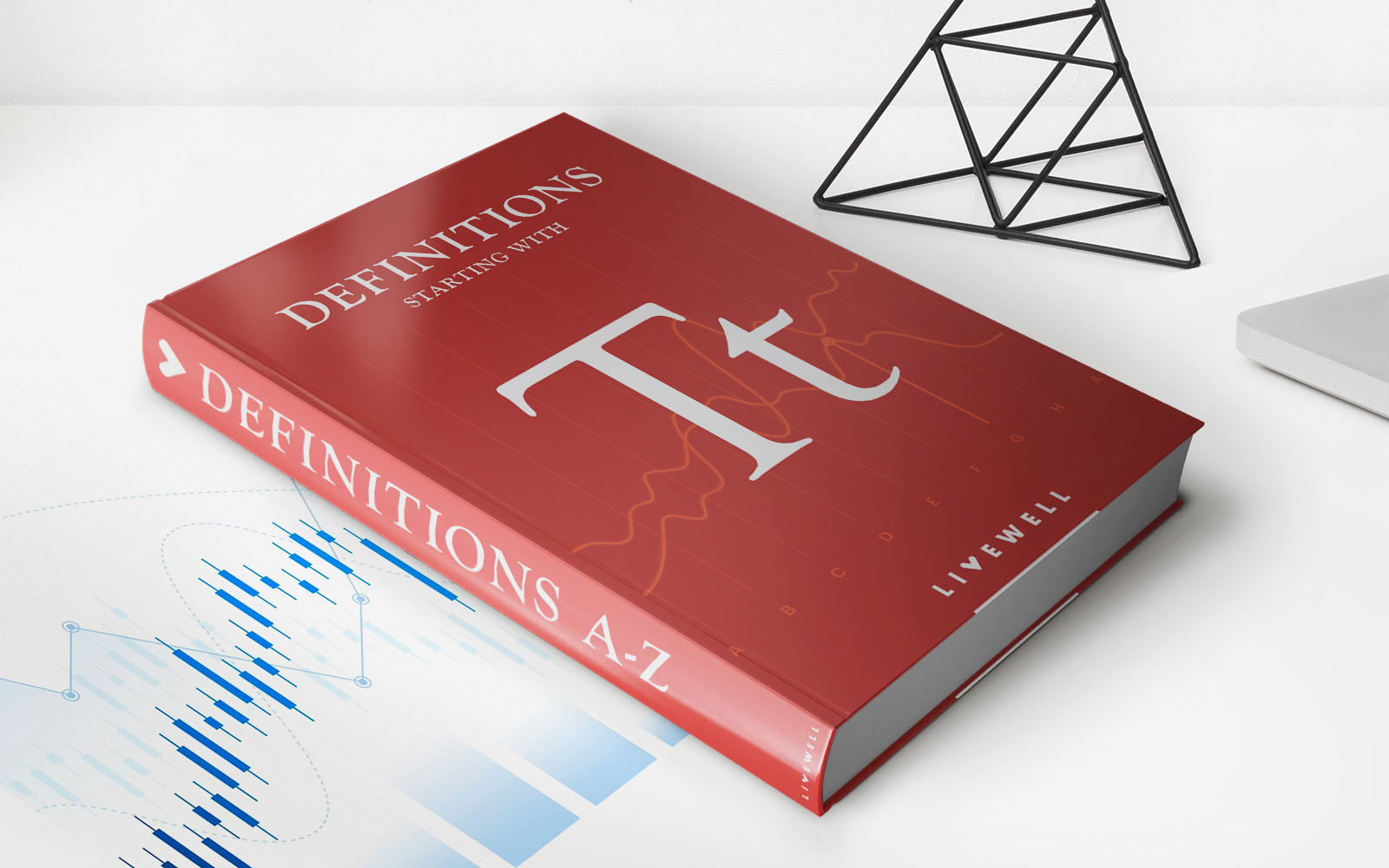

Finance
What Are Exempt Interest Dividends?
Published: January 3, 2024
Learn about exempt interest dividends and their implications in the world of finance. Discover how these dividends are excluded from taxable income and can provide valuable tax advantages.
(Many of the links in this article redirect to a specific reviewed product. Your purchase of these products through affiliate links helps to generate commission for LiveWell, at no extra cost. Learn more)
Table of Contents
Introduction
Welcome to the world of finance, where terms like dividends, stocks, and bonds are thrown around frequently. As you delve deeper into the intricacies of investing, you may come across the concept of “exempt interest dividends.” Understanding what exempt interest dividends are, how they are taxed (or rather, not taxed), and their significance is crucial for any investor.
Exempt interest dividends can be a valuable asset in an investor’s portfolio, providing tax benefits that can help maximize returns. In this article, we will explore the definition of exempt interest dividends, their tax exemption status, examples of dividends that fall under this category, and how to report them on tax returns.
Before we dive into the details, it’s important to note that exempt interest dividends are specific to certain financial instruments and investment vehicles. These dividends typically apply to investments in municipal bonds or bond funds that generate income from government and municipal sources. The primary aim of exempt interest dividends is to incentivize investment in projects that benefit the public, such as infrastructure development, schools, and healthcare facilities.
Now, let’s take a closer look at what exempt interest dividends really mean and how they can impact your investment strategy.
Definition of Exempt Interest Dividends
Exempt interest dividends refer to the income generated from certain types of investments that are exempt from federal income tax. These investments are typically in the form of municipal bonds or bond funds, where the interest income is derived from government and municipal sources.
To qualify as an exempt interest dividend, the bond or bond fund must meet specific criteria set by the Internal Revenue Service (IRS). These criteria include factors such as the type of issuer (government or municipal), the use of proceeds (for public purposes like infrastructure projects), and the location of the issuer.
One of the main advantages of investing in exempt interest dividends is the tax exemption they offer. Since these dividends are exempt from federal income tax, investors can potentially enjoy higher after-tax yields compared to other taxable investments. This can translate into significant savings on taxes, especially for individuals in higher tax brackets.
It’s important to note that while exempt interest dividends may be exempt from federal income tax, they may still be subject to certain state or local taxes, depending on the specific laws and regulations of the state in which the investor resides.
Investing in exempt interest dividends can be an attractive option for individuals seeking tax-efficient income. By choosing investments that generate exempt interest dividends, investors can potentially minimize their tax liability while still earning a steady stream of income.
Now that we have a clear understanding of what exempt interest dividends are, let’s explore their tax exemption status and the benefits they offer to investors.
Tax Exemption Status
The tax exemption status of exempt interest dividends is a significant benefit for investors. Unlike most forms of investment income, exempt interest dividends are not subject to federal income tax.
This tax advantage is intended to encourage investment in municipal bonds and funds, which are often used to finance public projects and initiatives. By exempting the interest income from federal taxation, the government aims to attract investors to these types of investments and facilitate the funding of essential public infrastructure.
It’s worth noting that while exempt interest dividends are usually free from federal income tax, they may still be subject to other taxes. Depending on the investor’s state of residence, these dividends may be subject to state or local taxes. Each state has its own regulations regarding the tax treatment of exempt interest dividends, so investors should be aware of the specific tax laws applicable to their circumstances.
In addition to the tax benefits, exempt interest dividends may also be eligible for tax-exempt status when it comes to alternative minimum tax (AMT). The AMT is an alternate taxation system that limits certain deductions and credits to ensure that high-income individuals and corporations pay a minimum amount of tax. However, exempt interest dividends from municipal bonds are generally exempt from the AMT calculation, providing another advantage for investors.
Overall, the tax exemption status of exempt interest dividends can significantly enhance the after-tax returns for investors. By investing in municipal bonds or bond funds that generate these dividends, individuals can minimize their tax liability and potentially increase their overall investment income.
Now that we have discussed the tax exemption status of exempt interest dividends, let’s take a look at some examples of investments that generate these types of dividends.
Examples of Exempt Interest Dividends
Exempt interest dividends can be generated from various types of investments, particularly those in municipal bonds or bond funds. Let’s explore some examples of investments that generate these tax-exempt dividends:
- State and Local Government Bonds: Bonds issued by state and local governments, known as municipal bonds or munis, are a common source of exempt interest dividends. These bonds are used to finance public projects such as schools, roads, and utilities. Investors who hold these bonds are entitled to receive tax-exempt interest income.
- Tax-Free Money Market Funds: Money market funds that invest in short-term municipal securities can also produce exempt interest dividends. These funds provide a low-risk investment option while offering tax advantages for investors in high tax brackets.
- Tax-Exempt Bond Funds: Investing in mutual funds or exchange-traded funds (ETFs) that specialize in holding municipal bonds can generate exempt interest dividends. These funds pool together investments from multiple individuals, providing diversification and professional management of the bond portfolio.
- Build America Bonds (BABs): While not entirely tax-exempt, BABs are a special category of municipal bonds that offer a taxable interest rate subsidy from the federal government. These bonds were introduced as part of the American Recovery and Reinvestment Act (ARRA) in 2009 to stimulate infrastructure investment. The interest income from BABs is subject to federal income tax, but at a reduced rate, making them an attractive option for certain investors.
- Housing Bonds: Certain municipal bonds known as housing bonds are issued to finance affordable housing projects. The interest income generated from these bonds is often exempt from both federal and state income tax.
These examples highlight the diversity of investments that can generate exempt interest dividends. Investors have the flexibility to choose among different types of bonds and funds based on their risk tolerance, investment goals, and tax considerations.
Now that we have explored the examples of investments that generate exempt interest dividends, let’s turn our attention to reporting these dividends on tax returns.
Reporting Exempt Interest Dividends on Tax Returns
When it comes to reporting exempt interest dividends on tax returns, it’s essential to accurately document and disclose this income to the appropriate tax authorities. Here are some key points to consider:
Form 1099-INT: If you receive exempt interest dividends, you will likely receive a Form 1099-INT from the financial institution or broker responsible for distributing the dividends. This form reports the amount of exempt interest dividends you have received during the tax year. It is important to carefully review the form to ensure the accuracy of the reported amount.
Reporting Exempt Interest on Schedule B: To report your exempt interest dividends on your federal tax return, you will typically need to complete Schedule B. Schedule B asks for specific details about the interest income you received, including any exempt interest dividends. You must accurately report the total amount of exempt interest dividends received as well as provide information about the issuer of the bonds or bond funds from which you received them.
State-specific Reporting: The reporting requirements for exempt interest dividends can vary from state to state. Some states may require you to report this income separately on your state tax return, while others may offer full or partial exemptions on state income tax for these dividends. It is important to consult your state’s tax guidelines or seek professional advice to understand the specific reporting requirements applicable to you.
Avoid Double Reporting: Since exempt interest dividends are not subject to federal income tax, you do not need to include them as taxable income on your federal tax return. However, it is crucial to ensure that you do not inadvertently report them as taxable income, especially if you are using tax preparation software. Double reporting can lead to inaccuracies in your filing and potential issues with the IRS.
Due to the unique nature of exempt interest dividends, it is recommended to consult a tax professional or utilize tax software that specializes in handling investments and complex tax situations. These resources can help ensure that you accurately report your exempt interest dividends while maximizing their tax benefits.
Now that we have covered reporting exempt interest dividends on tax returns, let’s summarize what we have learned.
Conclusion
Exempt interest dividends can be a powerful tool for investors seeking tax-efficient income. By investing in municipal bonds or bond funds, individuals can potentially benefit from tax-exempt interest income, allowing them to maximize their after-tax returns.
In this article, we explored the definition of exempt interest dividends and their tax exemption status. We discussed how these dividends are derived from specific investments, such as municipal bonds and bond funds, that support public projects and initiatives. We also highlighted some examples of investments that generate exempt interest dividends, including state and local government bonds, tax-free money market funds, and tax-exempt bond funds.
We emphasized the importance of accurately reporting exempt interest dividends on tax returns, using Form 1099-INT and Schedule B to document the income appropriately. It is crucial to be aware of any state-specific reporting requirements to ensure compliance with both federal and state tax regulations.
Ultimately, exempt interest dividends offer investors the opportunity to generate income while potentially minimizing their tax liability. However, it’s important to conduct thorough research and consult with a financial advisor or tax professional to determine if investing in these types of instruments aligns with your investment goals, risk tolerance, and overall financial situation.
As you navigate the world of finance, understanding the concept of exempt interest dividends and how they can impact your investment strategy is invaluable. By incorporating these tax-efficient investments into your portfolio, you can potentially enhance your overall investment returns while contributing to public projects and initiatives.
Remember, always consult with a qualified professional to ensure that your investment decisions align with your specific financial goals and tax situation. Armed with this knowledge, you can make informed investment choices and navigate the complexities of the financial world with confidence.














